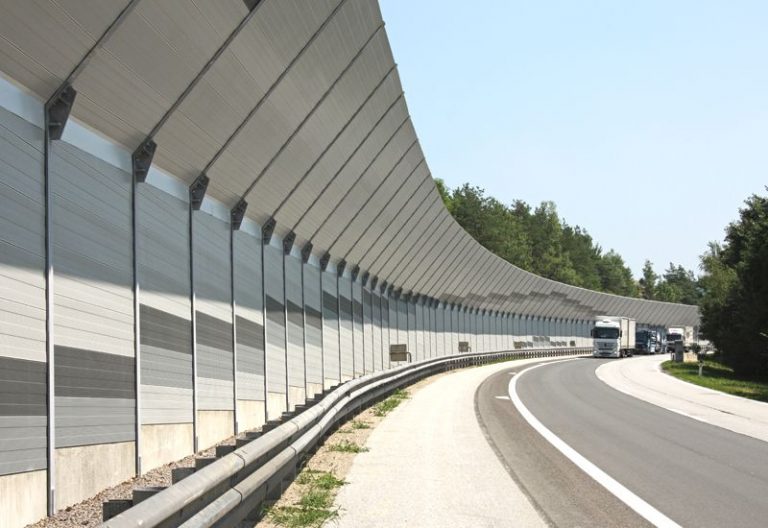Does Your Business Need Conventional or Robot Palletizing?
There comes a time in every business when opportunities are present for taking productivity and efficiency to the next level. Examining every aspect of production, packaging and shipping should be a continuous process and, likewise, your business solutions should also evolve to meeting ever-changing needs. With palletizing systems, the question may come down to the kind of system you choose for palletizing – conventional or robot. The answer will come from an analysis of your product and its packaging, speed preferences, floor space and staffing. As always, an evaluation of systems available in the marketplace and their adaptability is an important step. Can these needs be met by a palletizing robot? And if so, what systems will serve you best?
For the uninitiated, conventional palletizing may seem robotic when, in fact, it is automated. These layer palletizers are designed for high speed operations with product packaged in uniform and easily assembled layers. Adaptation to different products requires reprogramming of the automation and can be complex – requiring staff trained in these highly detailed functions.
For low to moderate speed operations, especially those handling heavy, bulky, or bagged materials, a palletizing robot offers a process that efficiently handles these niche materials with simplified controls. Operations can be run by staff without specialized robot controls training or experience. Advanced product handling security gives you the assurance that even more delicate but heavy product – like bagged items– can be palletized without damage or misalignment that results in more costly shipping.
Trade-offs that have traditionally come with the use of palletizing robots continue to be resolved with recent advancements. By selecting a system that is both modular and fully enclosed, you have the ability to reduce floor space over older robotic systems while also increasing safety.
RoboTier, a line of palletizing robots, combines the desirable aspects with innovations that increase speeds without sacrificing precision. When the operation begins, product is loosely spread on an apron for bottom support. This increases the speed the robot is able to maintain, since product placement does not need to adhere to the pallet dimensions at this time. When the layer is complete, a clamping process will center the layer according to pallet dimensions. Concurrent wrapping can be added to provide tight uniform layers as they are formed and clamped. When completed, this first layer is then deposited to the pallet.
These products are designed to be a part of modular palletizing and can save considerable floor space in the process. A modular system is also more responsive to changes in product lines or packaging without the need for considerable down-time needed for reprogramming. Simple controls make RoboTier a more agile systems without sacrificing safety.




